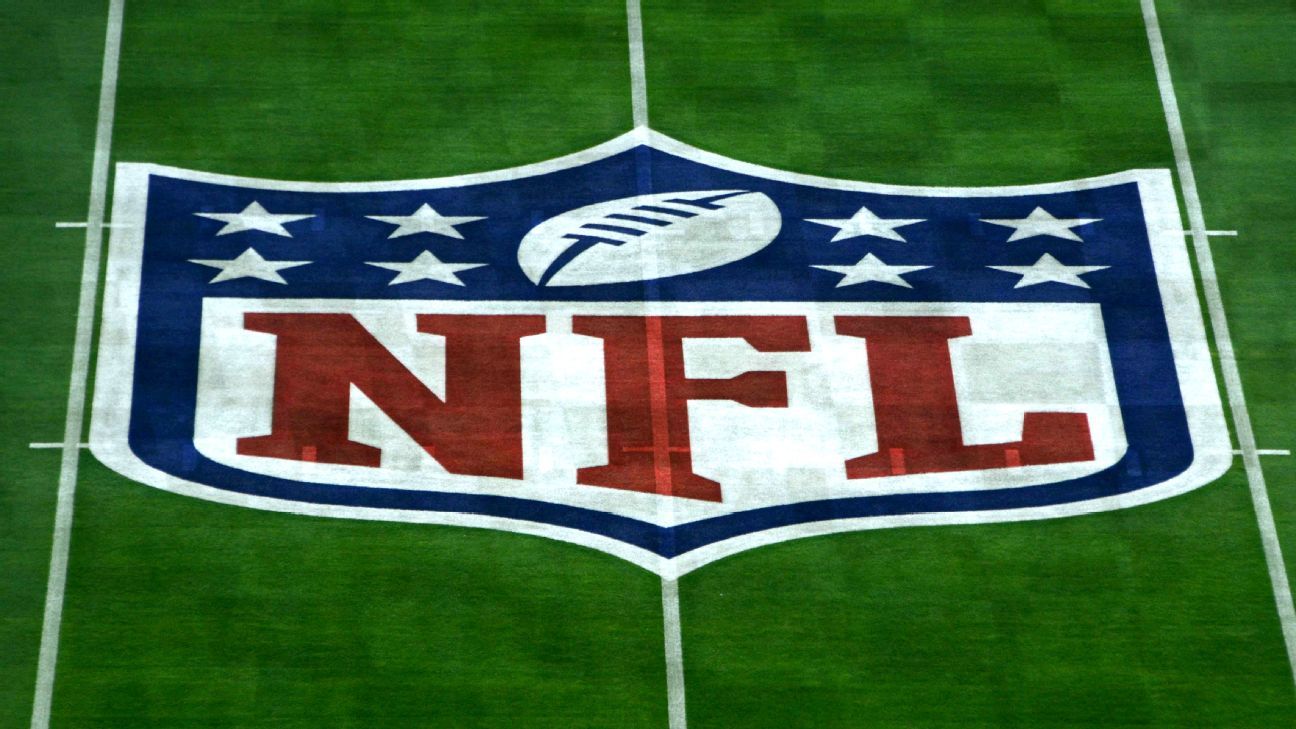New initiatives announced Monday by the NFL and the NFLPA will require every team to employ a mental health professional to work in its building and could conceivably lead to a change in the league’s attitude toward marijuana as a pain management treatment.
The NFL and its players’ union announced Monday the establishment of both a Comprehensive Mental Health and Wellness Committee and a Joint Pain Management Committee. The latter is tasked with conducting research into pain management and alternative therapies, which could lead the league down previously unexplored roads.
“We want to explore all of the strategies that help a player deal with acute and chronic pain,” Dr. Allen Sills, the NFL’s chief medical officer, said in a phone interview Monday. “Some of those efforts require medication, some don’t. With regard to marijuana, certainly there’s a lot of discussion about not only cannabis but cannaboid compounds, CBD, and it’s something that health care providers are exploring outside of football. That type of research will certainly be part of the mission of this committee and this program.”
According to the joint NFL/NFLPA announcement, the Pain Management Committee will establish “uniform standards for club practices and policies regarding pain management and the use of prescription medication by NFL players” as well as researching various pain management methods. The establishment of that committee coincides with the establishment of a new prescription-drug monitoring program to monitor all prescriptions issued to players by team physicians or outside physicians and requires every team to appoint a pain management specialist before the start of the 2019 season.
The other initiative announced Monday is the new Mental Health and Wellness Committee that the NFL and NFLPA say will develop educational programs on mental health for players, teams and players’ family members and “collaborate with local and national mental health and suicide prevention organizations to reduce stigma related to mental health and promote suicide prevention and awareness.”
The establishment of that committee carries with it a new requirement that every team hire a behavioral health clinician whose job will be to coordinate mental health care for players and will be required to spend “at least 8-12 hours per week” at the team facility.
“I think there’s been an increased recognition in the sports medicine community over the past couple of years of how important behavioral and mental health issues are today, especially with young people,” Sills said.
The league currently has programs in place for dealing with mental health issues and league-approved clinicians players can see outside of the team facility. Sills said the team-specific mental health professionals will be in charge of coordinating treatment programs specific to individual player needs. Players still will be able to seek treatment for their conditions outside of the facility but will have a point person on hand to help them coordinate that and to help educate and diagnose as needed.
“We want to make sure players have choices in this regard,” Sills said.
The new committees don’t signal any immediate changes to the league’s drug policy, which is collectively bargained between the league and the union. For now, the rules remain unchanged. Players seeking therapeutic use exemptions (TUEs) for conditions such as ADHD, for example, will still have to get those approved by the league or risk failing drug tests. And marijuana remains prohibited by the league’s policy on substances of abuse.
The new initiatives are intended to supplement the manner in which players can seek help dealing with some of the challenges they face in the game and in life outside the game. But with the current collective bargaining agreement set to expire after the 2020 season, it’s not impossible to imagine the work and findings of the committees having an effect on the way future drug policies are designed and administered.
“Issues around the treatment of pain and of pain management are not restricted to the NFL,” Sills said. “We’re currently in the midst of a societal crisis on opioids and opioid use. The objective here is to put resources to this to make sure we’re doing the very best job of addressing this together.” Sills stressed that the new initiatives were not a reaction to any specific aspect of the current drug policy and made it clear that they aren’t intended as a gateway to relaxed rules about marijuana use.
“This is a medical exercise,” he said. “We know as providers that we need to get better at exploring our options in these areas. The pain management committee will determine how we pursue any of those compounds — cannabis, cannaboids — as it will with all avenues.”
